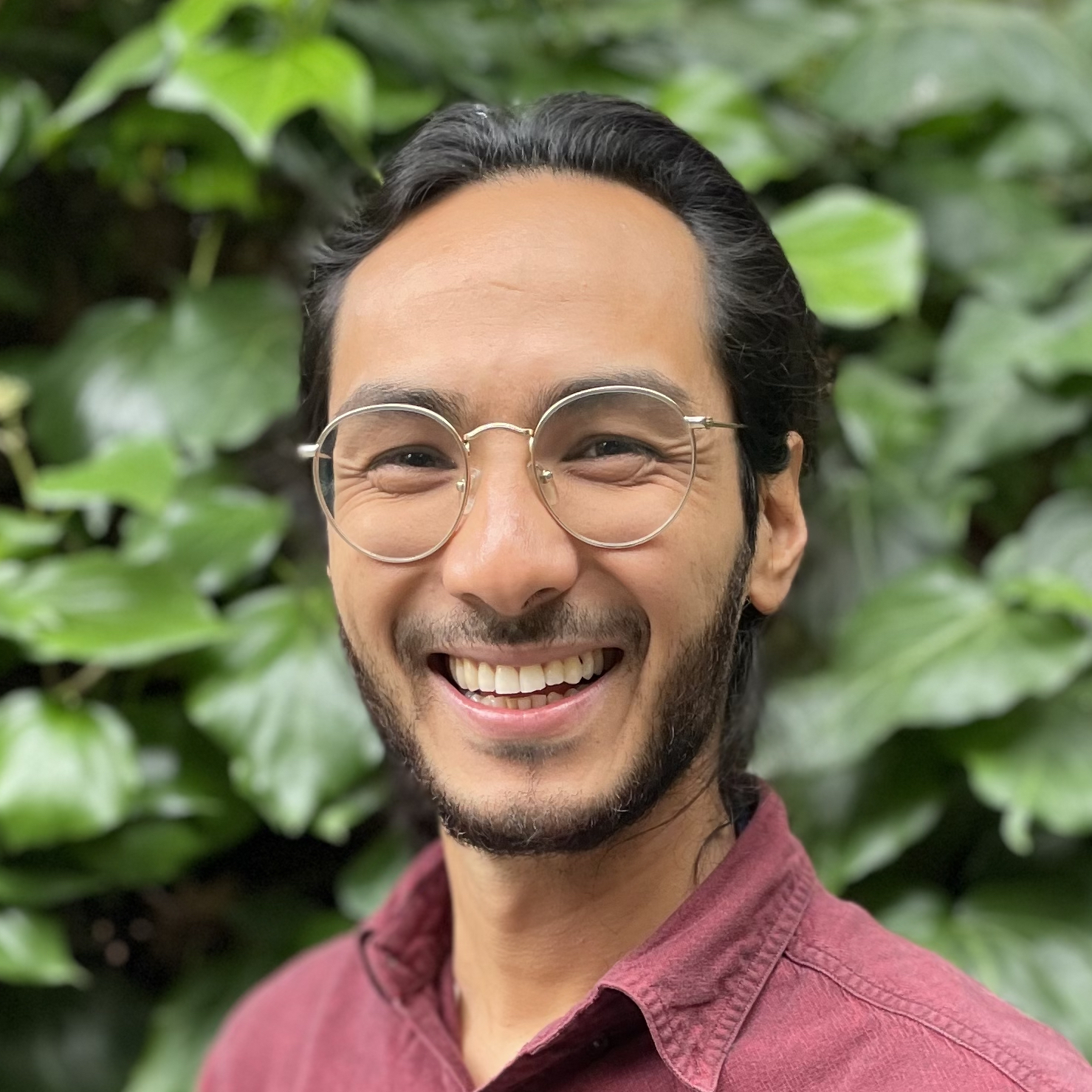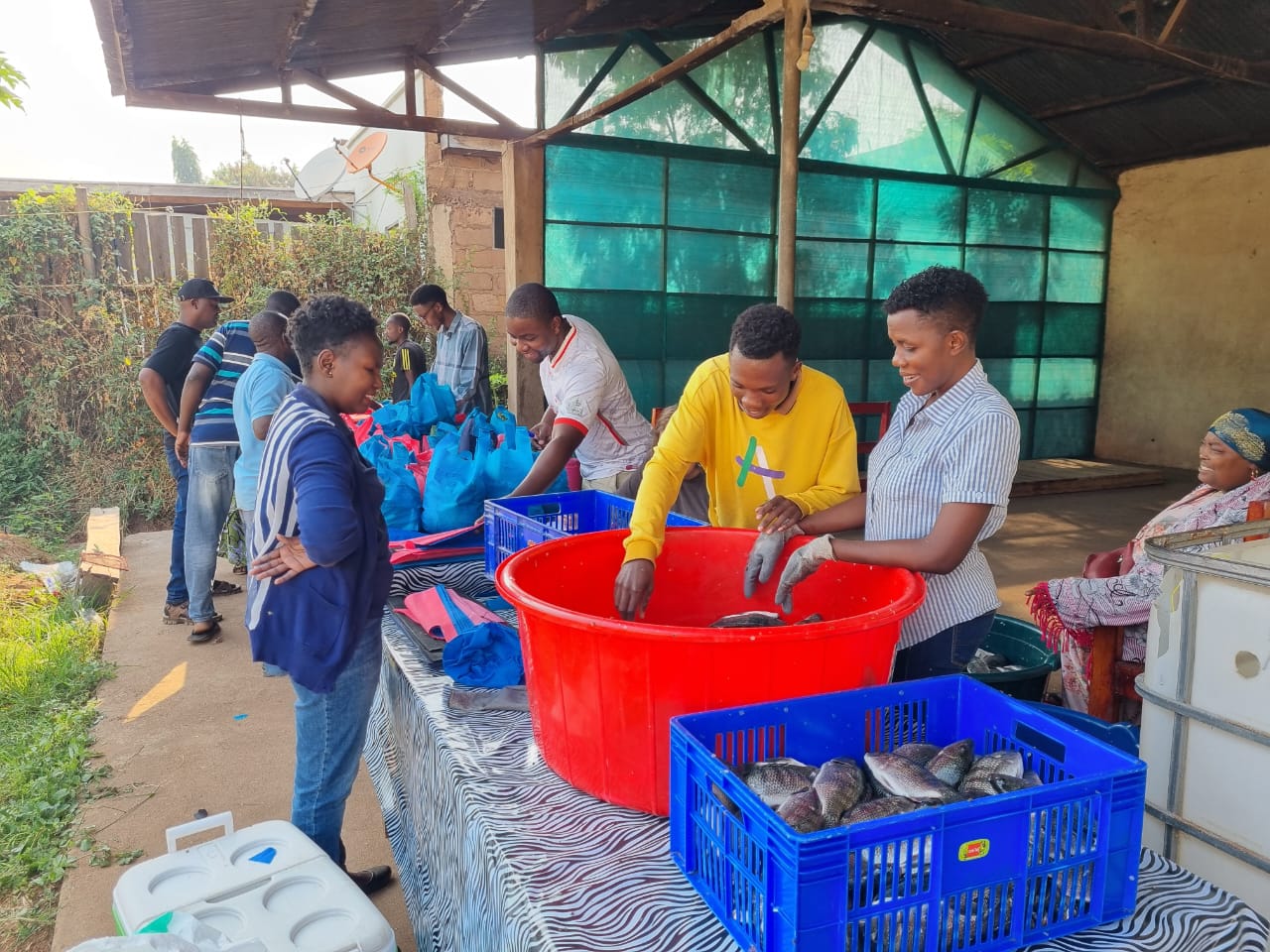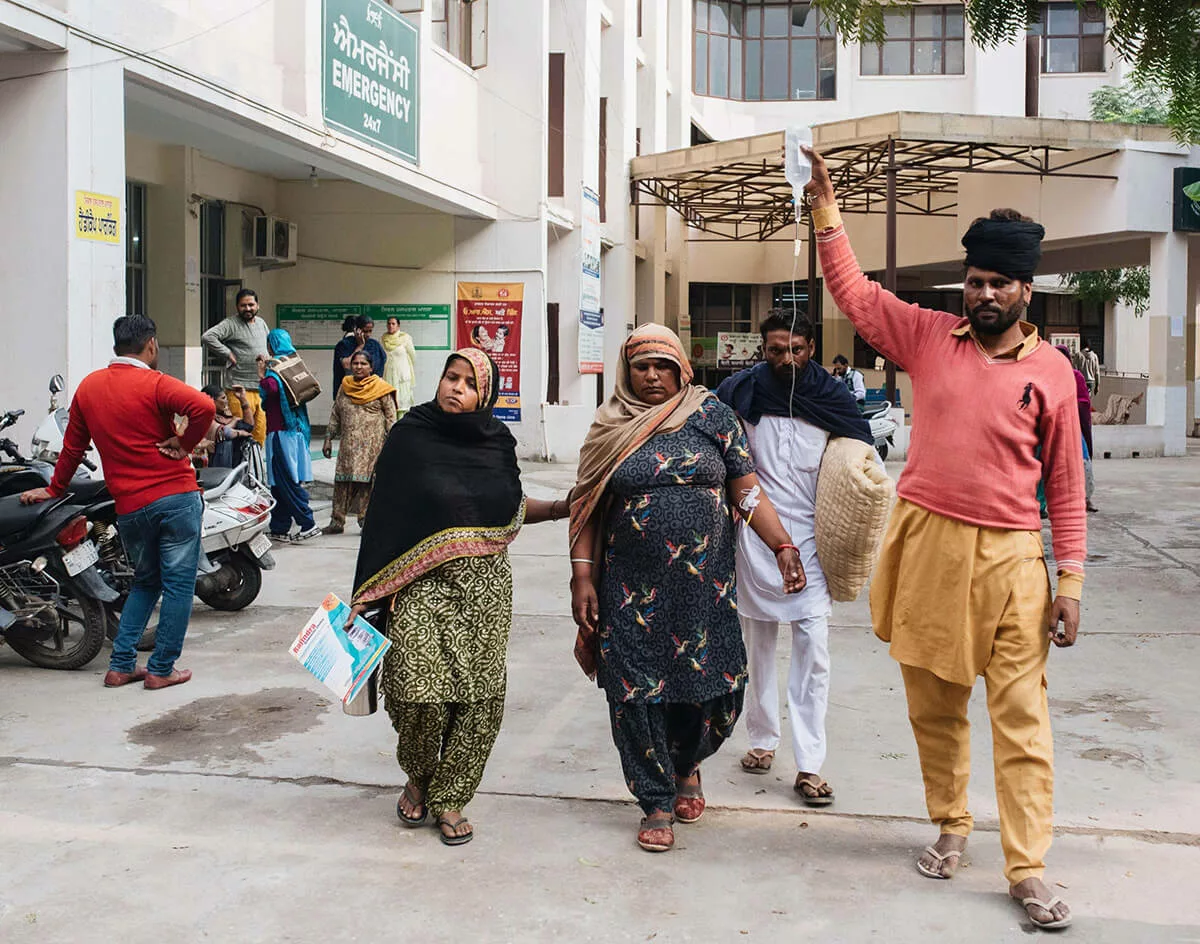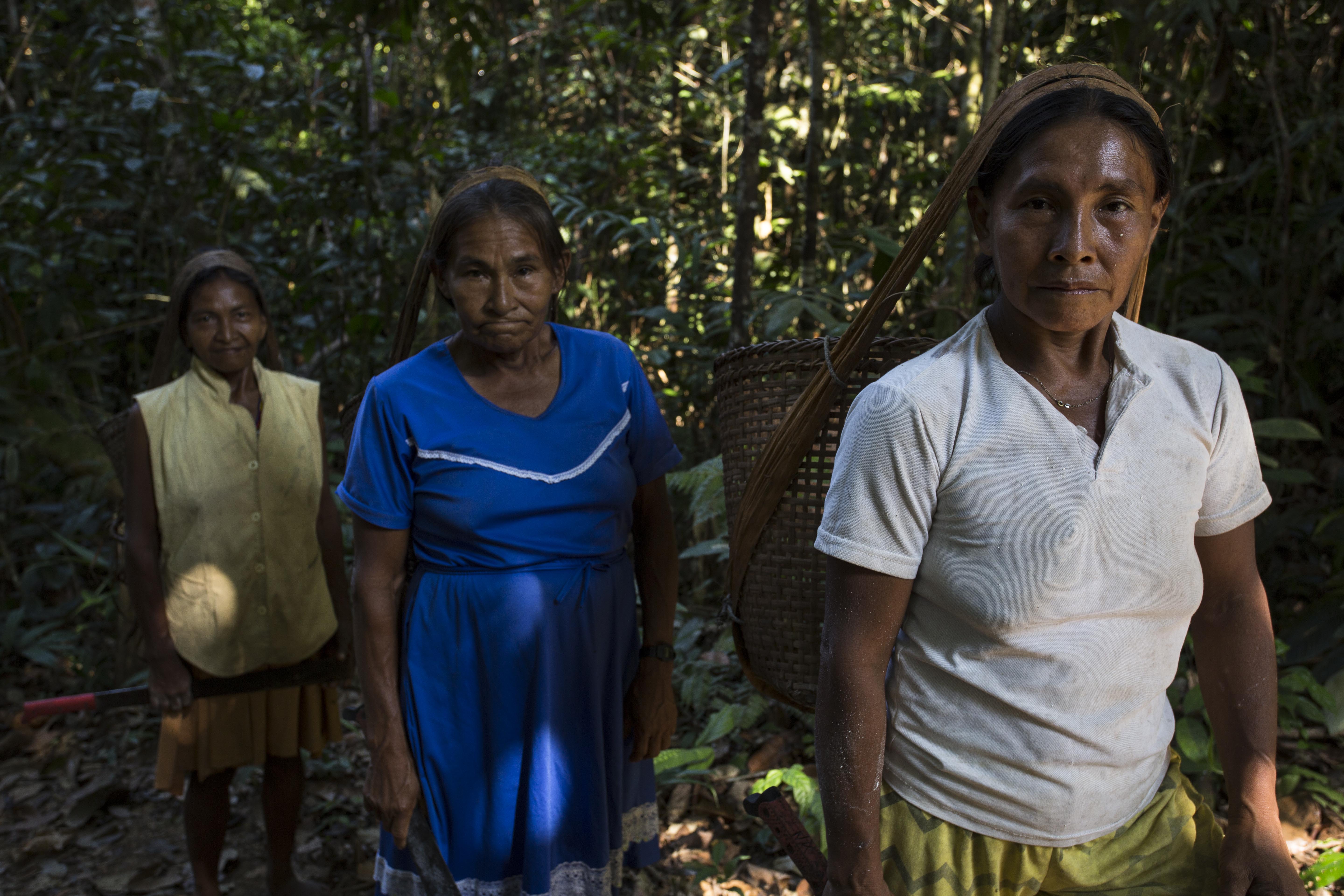EarthAcre
People have to make a living; it is often surprising how little they make when they despoil nature to do it.
The Idea
Pay People to Protect Nature


Total Investment
350000
Grants
0
Equity/SAFE
0
Debt/Convertible Debt
Funded Since
2023
Geography
Sector
Structure
The Mission
Protect and restore nature.
How It Works
EarthAcre makes it possible for individuals to be paid directly to protect nature. First, they find buyers interested in nature outcomes. Then, they use their proprietary tech platform to efficiently enroll individual landowners and verify land tenure. Their state-of-the-art remote sensing paired with ground observation provides rigorous verification, and the platform allows for efficient direct payments to individuals.
The Dream
Conservation-focused project developers pay to use EarthAcre’s platform to securely enroll and pay landowners to protect their landholdings, monitor the nature outcomes that buyers care about, and stack nature-based revenues.
Why We're In
This is a big conservation advance. The norm has been to treat communities as a monolith, without ensuring individuals benefit. EarthAcre is young, but the tech is excellent, the founders have great connections—from Harvard to the Maasai Mara—and Kenya is the perfect spot to test their solution. We’re betting it can bring new money into conservation and provide a better solution for places where conservation has been a struggle.
The Model
A solution that works and can scale.
Conservation-focused project developers
Identify project developers—initially ecotourism companies, carbon developers, conservation orgs—focused on nature outcomes and that work with communities who could/should get paid directly to protect nature.
Market for nature assets
Make community-owned lands investable by conservation-minded project developers and nature funders.
Software solution (EarthAcre’s platform)
Use the platform to onboard individual landowners, and manage complex consent, land tenure, and enrollment processes digitally
Monitor nature outcomes
Robustly monitor nature outcomes, pairing remote sensing and ground observations.
Direct and transparent payments to individuals
Pay individuals directly into their verified financial accounts. The platform supports traceable reporting of all financial transactions while protecting sensitive personal information.
Potential for Impact at Scale
Mulago uses four criteria to gauge potential for exponential impact.
This is about impact. There is strong evidence that community payments translate to nature protection, and some evidence that individual payments are even better. EarthAcre has a 35,000-acre project going—about the size of San Francisco—that will allow them to test what paying people directly can mean for nature outcomes. With things just getting going, we expect to see some results by the end of 2026.
For this to work, there needs to be enough land with nature-based assets and customers to pay for them. And there needs to be enough project developers who want money to go directly to individuals for their deals to work. 18% of remaining natural land mass in Kenya is under community ownership and globally Indigenous and local communities steward or have tenure rights to nearly 40% of ecologically intact land. EarthAcre is designing to scale to these areas, with the ability to stack revenues so landowners can get paid from multiple sources, including carbon sales, ecotourism, and other nature-based payments. But we’ll need time to see if the other elements are in place for this to work.
EarthAcre designed its platform well, with features and dashboards for project developers, funders, and community stakeholders. But to actually protect nature, there is a lot of work at the community, project developer and buyer levels to make it all come together. Right now, EarthAcre is doing a lot of this themselves: onboarding community members, developing projects, finding buyers for nature outcomes, managing the platform. They can’t continue to do it alone if this model will scale.
EarthAcre is betting that project developers will pay a licensing fee to use the EarthAcre platform so that developers can pay individual landholders directly, generate higher-quality nature outcomes, and charge a premium for their projects.

EarthAcre is in early R&D stage, testing the model and seeking like-minded project developers as initial customers.
Our Take
It's early and EarthAcre doesn’t have evidence yet that their solution will protect nature, but with 35,000 acres on their platform, we should have some indication soon. And their partnership with Davies Lab at Harvard could give customers more confidence in the outcomes, especially as the monitoring methodology is developed for more ecosystems. Lots of land needs to be protected so if their platform does increase nature protected, the impact could be significant, but the current model is still really complicated. EarthAcre is talking with a big project developer about using the platform for a large project, which could give some useful signals on the model and platform usage costs.
Are you a serious funder and want to learn more?
This is just a snapshot of what we know about the organization. If you're an investor or funder that might send some serious dough their way, we're always delighted to share more. Reach out and we'll connect you with the right person on our team.
*this is not monitored for funding requests.






.jpeg)



